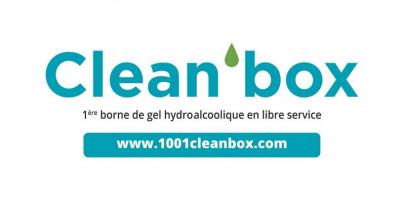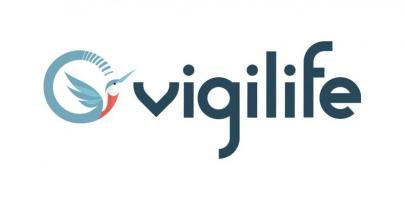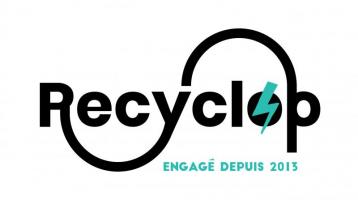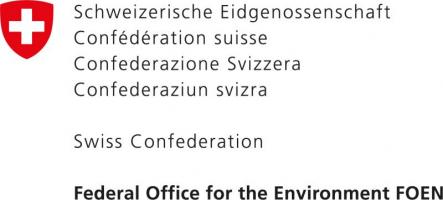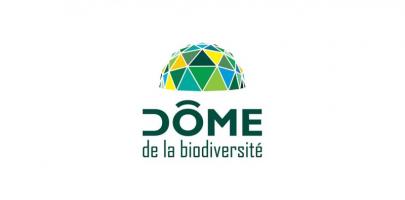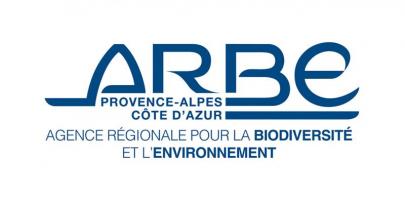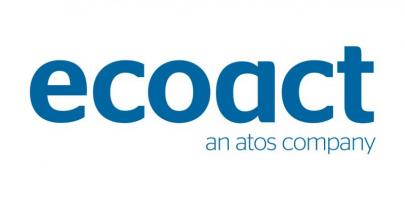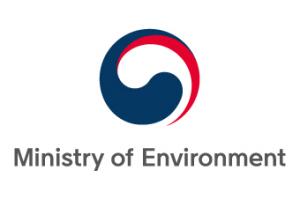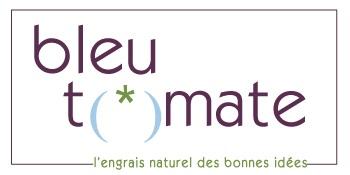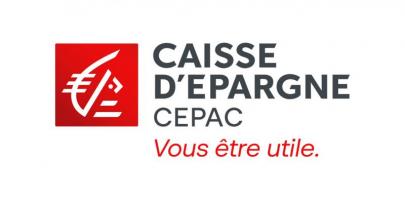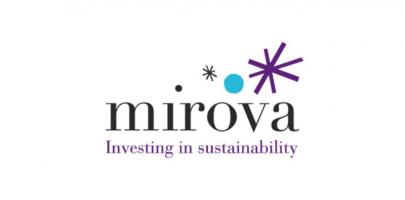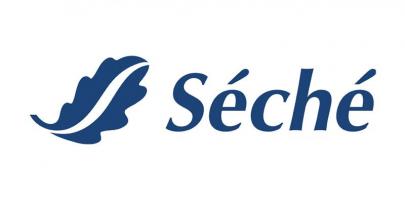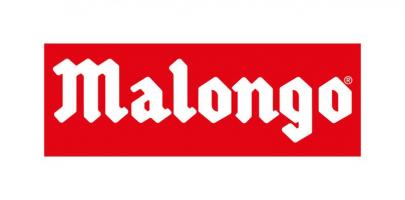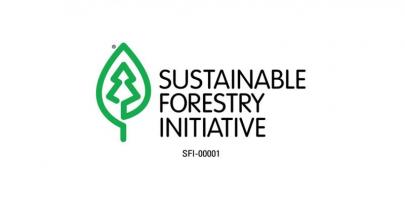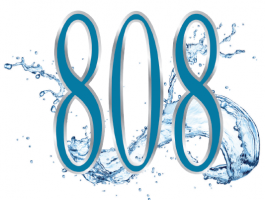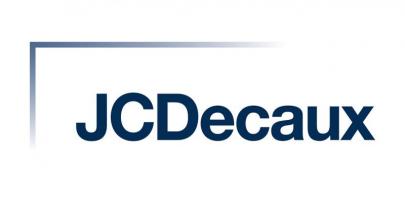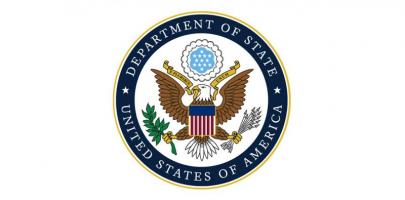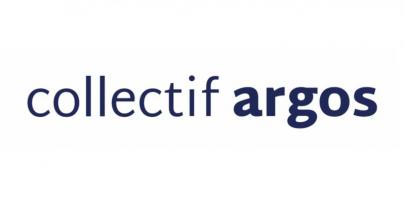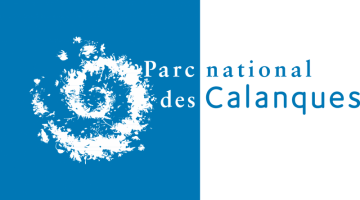Quick facts about the 2016 Congress
- 1,380 sessions
- +10,000 participants from 180 countries
- 121 Resolutions, Recommendations and other decisions
- 21,000 news media articles about the Congress throughout the event
- Over 1,300 registered participants under 35 years old
- 75 million people potential social media reach
- 100% of carbon emissions mitigated
- Earned ISO20121 certification as a sustainable event
Major outcomes
Setting the global conservation agenda
IUCN Members approved 121 motions directing the Union and calling on third parties to take action on a wide range of urgent conservation issues including motions directly addressing the Paris Agreement and the 2030 Agenda for Sustainable Development.
- Elevating efforts to combat wildlife trafficking
- Adopting an official IUCN policy on biodiversity offsets
- Increasing protection for the high seas and primary forests
- Creating a new category of membership for indigenous peoples’ organisations
- Calling for the development of an IUCN policy on biodiversity conservation and synthetic biology
- Recognising protected areas as no-go zones for industrial activities
- Approving the 2017-2020 IUCN Programme
- Electing a new Council for the period 2017-2020
New partnerships
Business, academic and civil society organisations launched the Coalition for Private Investment in Conservation (CPIC) to help fund conservation. Eleven leading conservation organisations announced a new partnership with more than US$15 million in commitments to identify, map, monitor and conserve Key Biodiversity Areas.
New commitments for on-the-ground action
- Mexico announced it will make all of its islands protected areas by 2020.
- National Geographic Society announced a US$10 million grant for conservation work in the Okavango Delta.
- New commitments to the Bonn Challenge brought the world closer to its goal of restoring 150 million hectares of degraded forest lands by 2020 and 350 million by 2030.
- IUCN, Hawai’i and multiple other organisations launched the Honolulu Challenge on Invasive Alien Species to mobilise action to protect against biological invasions.
New science to drive conservation
- A new report explained the causes, scale, effects and consequences of a warming ocean.
- A high-profile update of The IUCN Red List of Threatened Species™ showed improvement in Giant Panda numbers and increased risk for the Eastern Gorilla.
Engaging the next generation in conservation
Engaging next generations is about more than educating and inspiring youth. The 2016 Congress highlighted how the next generation of conservation leaders are already making a difference. Events such as the High-level Dialogue Conservation 2.0: Empowering Next Generations, professional development workshops and a lunch to build intergenerational partnerships worked to empower young conservation professionals.
A green Congress
IUCN followed through on ambitious goals for making the Congress as sustainable an event as possible. The goal was to walk the talk for conservation, set an example for other events of its size and leave a lasting legacy of sustainability in Hawaii. IUCN mitigated 100% of the carbon emissions associated with the event, and the Congress earned ISO20121 sustainable event certification. It was the largest conference ever to earn the highest level of Hawaii Green Business certification.


